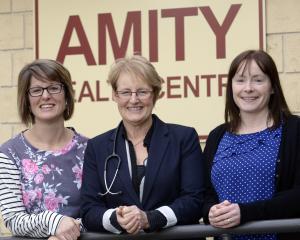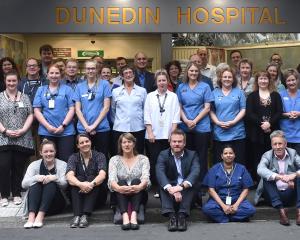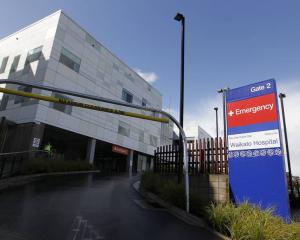Dunedin Hospital is turning to the virtual world for clues on how best to move patients faster through its emergency department.
Chief operating officer Vivian Blake said the hospital was one of three in the country taking part in a Ministry of Health pilot programme using a computer model simulating the real situation.
The model uses data gathered by the department.
Different scenarios can be drawn up by varying the staffing, the types of patients being seen, the number of hospital beds available and so on.
This is shown in action on screen with "Pac Man" figures representing patients and staff.
The model would give the department the opportunity to look at the effect of increasing the hours of its fast-track model for less urgent cases, Mrs Blake said.
It could also look at such things as the impact of a short-stay unit for patients needing to spend time in the hospital but not full admission.
Asked if the main issue was difficulty in getting patients from the department into wards, Mrs Blake said this might apply in some cases, but in others it could be that there was a long wait for, say, a CT scan.
There were also instances where a patient's condition might require them to be observed for 10 hours before returning home.
Having to stay that long in the department meant they were over the target six-hour maximum time the ministry says patients must be in the department.
The ministry requirement is that 95 % of patients spend not more than six hours in the department without being admitted, discharged or transferred.
At the end of June, 74% of patients' stays were within this time.
A multi-disciplinary team involving staff from the emergency department and other areas of the hospital would meet soon to consider some of the scenarios which would be tested by the computer model.
Mrs Blake said the modelling, once it started, would take 10 to 12 weeks.
It would give staff the chance to test some hypotheses and she hoped it would show where best the hospital should put its resources to get "the right results".
It was hoped that whatever was learned from the project would add to the improvements made following the earlier programme which used Toyota car-production methods to identify possible improvements.
The other two hospitals taking part in the simulation pilot, in Taranaki and Auckland, have not completed the project.
Dunedin Hospital is also taking part in a project to show the journey of orthopaedic patients coming through the emergency department.
This is designed to identify bottlenecks and determine how they could be reduced.











